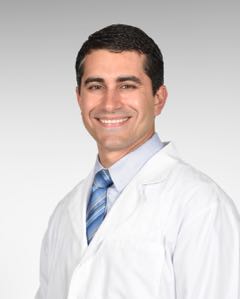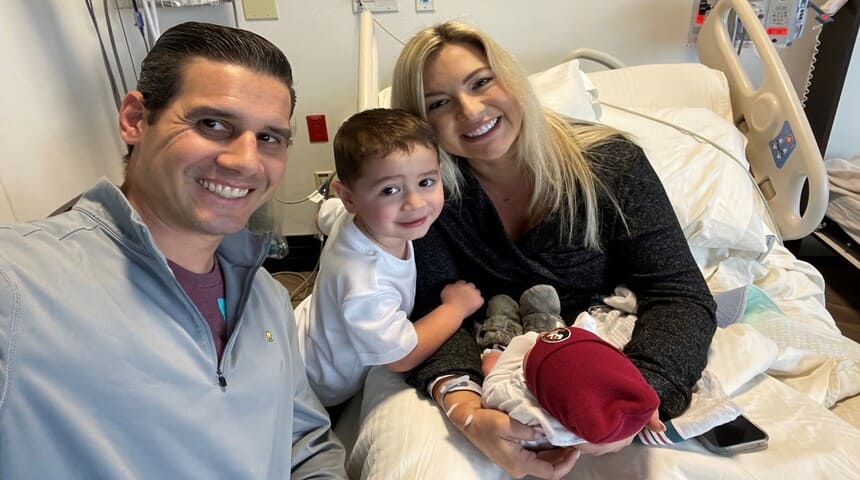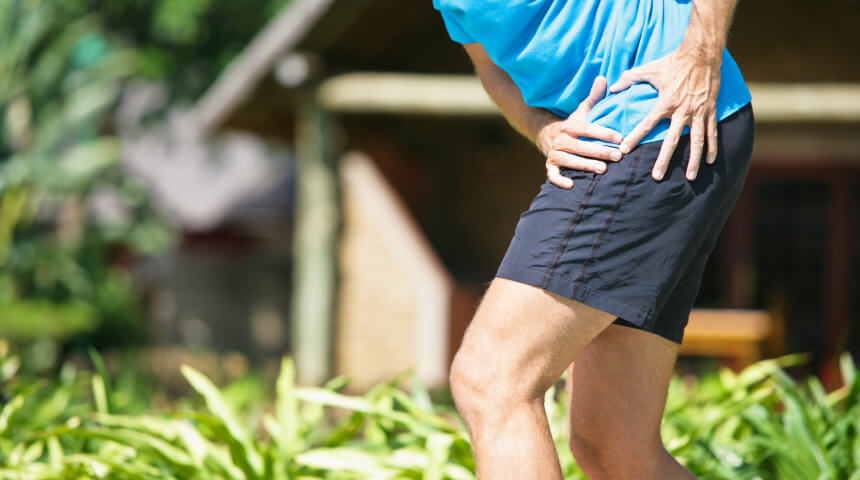Shoulder Health: Taking Care of Your Rotator Cuff at the Gym
Are you one of many across the country who resolved that this would be the year to get more exercise? Getting exercise is one of the two most common resolutions (eating healthier is also at the top), and while it can be fantastic for our health, an injury can derail our best efforts for fitness.
One area to pay attention to is the shoulder, and particularly, the rotator cuff.
Getting to Know Your Rotator Cuff
The shoulder has more range of motion than any other joint in the body. A healthy shoulder requires a complex balance of strength, stability and range of motion to function well. We mainly think of strong muscles when visualizing a healthy shoulder, but even a bodybuilder’s shoulder can be painful if an injury occurs. To help keep your shoulder working well, and to maintain its dynamic stability and functional strength, you must protect your rotator cuff.
What is the rotator cuff? It is a combination of four muscles that act like a cuff to stabilize the shoulder. These muscles, the supraspinatus, infraspinatus, subscapularis and teres minor muscles, have tendons that attach to the arm bone (the humerus) and stabilize the shoulder allowing the shoulder to “rotate” up, down, forward, backward and in and out.
Keeping Your Rotator Cuff in Good Condition
Before starting a workout routine, I recommend consulting with your doctor to make sure you’re in good health. Your exercise program should always be adjusted based on your current state of health.
When hitting the gym this year, these five things will optimize your shoulder health as part of a well-rounded exercise program:
- Warm up: Before starting heavier resistance exercises, start with a short warm up to get your muscles awake and ready.
- Stretch: As part of the warm up, begin with shoulder stretches. Stretches should always be done gently and should be fine-tuned to your personal level of flexibility. Stretch your shoulders in five directions: forward (flexion), to the side (abduction), across your body (adduction), behind your back (internal rotation) and to the side (external rotation).
- Check your resistance: Don’t try to compete with anyone else! When beginning the weight training exercises, start with a relatively light weight that you can support easily. If you’re getting back in the gym after a break, I recommend high repetition exercises to help build both endurance and strength.
- Maintain control: Do resistance exercises in a slow and controlled way to help the joints and ligaments remain stable during the exercise.
- Avoid pain: When a movement or exercise hurts—don’t do it! This may be your body’s way of letting you know that something is not right. You may need to adjust your technique or consult with a medical professional.
I hope you have great success this year with achieving new levels of health and fitness! Please feel free to contact my office at (321) 842-0060 if you have any questions or if you would like to arrange a consultation.
Are you interested in learning more about our specialized orthopedic treatment?
Our doctors will assess your condition by using the latest scanning technology and then prepare a treatment and rehabilitation plan that will address your specific needs. Find your doctor from more than 2,000 specialty and primary care physicians with offices located throughout greater Orlando.
Request an Appointment Today





